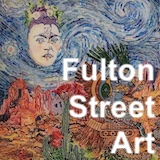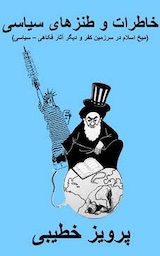Link
MajidNaficy 's Recent Links
The New Yorker: Why Do We Talk This Way?
MajidNaficy | 4 hours ago
0 17
The New Yorker: El Museo del Barrio Offers a Timely Triennial of Latino Art
MajidNaficy | 4 hours ago
0 19
The New Yorker: Donald Trump’s U.F.C. Victory Party
MajidNaficy | 4 hours ago
0 22
‘I was under direct assassination threat’: Irwin Cotler on alleged Iran plot
Viroon | 2 hours ago
0 39
Category: None
Iranian woman detained over undressing is released without charge | BBC News
Viroon | 2 hours ago
0 42
Category: None










Comments